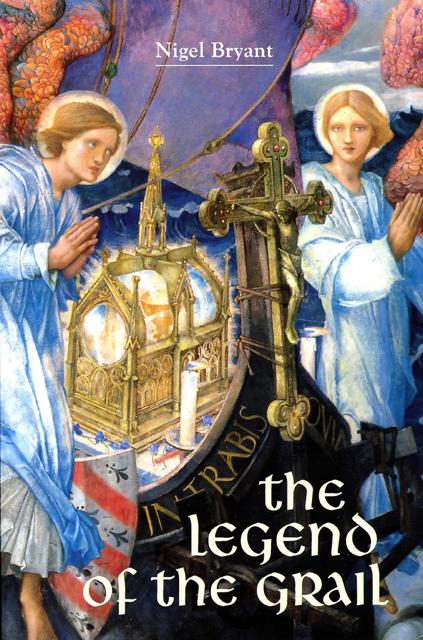Summary
The Quest For The Holy Grail is the single most important element in the story of King Arthur. Even to the many who have only the haziest knowledge – or no knowledge at all – of things Arthurian, the Grail itself is an emblem, a metaphor for an ultimately challenging but supremely desirable goal: it has, indeed, become something of a journalistic cliché. Yet very few people, even those interested in the wonderful stories of the Round Table, have ever read at first hand the medieval masterpieces which, over a period of some forty years in the late twelfth and early thirteenth centuries, constructed what might be called the legend of the Grail. Most people’s mental images of the Grail quest are more likely to be dependent on Burne-Jones tapestries and Tennysonian idylls, themselves dependent principally on the comparatively late borrowings ‘oute of certeyn bookes of Frensshe’ by Thomas Malory,
Complexities
There is a good reason for this. The original Grail romances did not develop a consistent, coherent narrative: there never appeared a clear and definitive ‘legend of the Grail’. The romances were created by a series of writers working with different preoccupations, different purposes and different interpretations of their predecessors’ stories – and in some cases almost certainly at the same time as each other, with no knowledge of one another’s work. The manuscripts that have come down to us, therefore, were in many cases compiled by redactors – scribe/editors – struggling valiantly to make sense of the contradictory, halfadapted, subtly altered and rearranged inter-borrowings of the storytellers who had created a vast series of extraordinary adventures that constituted the Grail quests of many different knights.
Some of these romances contain huge digressions as well as contradictions: the First Continuation of the unfinished Perceval by Chrétien de Troyes, for example, contains a story about a young knight named Carados, unrelated to the Grail quest, which runs (albeit very entertainingly) for several thousand lines, and Gerbert de Montreuil’s Continuation devotes the best part of 2,000 lines to a substantial story about Tristran, Iseult and King Marc.
The massive and unwieldy nature of this material has led to a body of magnificent literature, a major component of the European imagination, being unknown to the point of being effectively lost. This priceless material deserves to be presented in an accessible form.
- Type
- Chapter
- Information
- The Legend of the Grail , pp. 1 - 4Publisher: Boydell & BrewerPrint publication year: 2004

